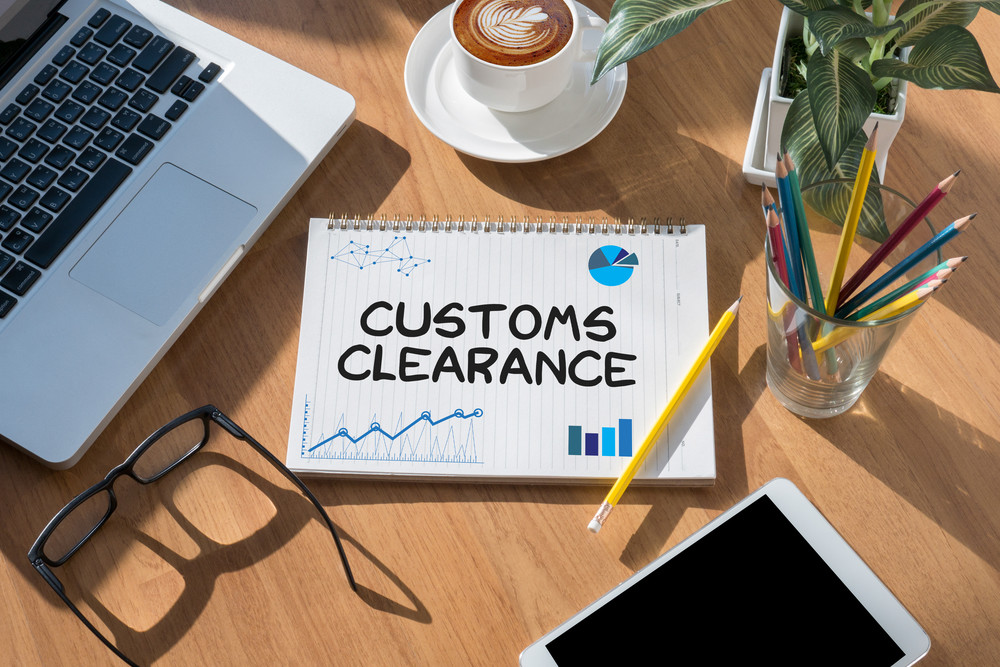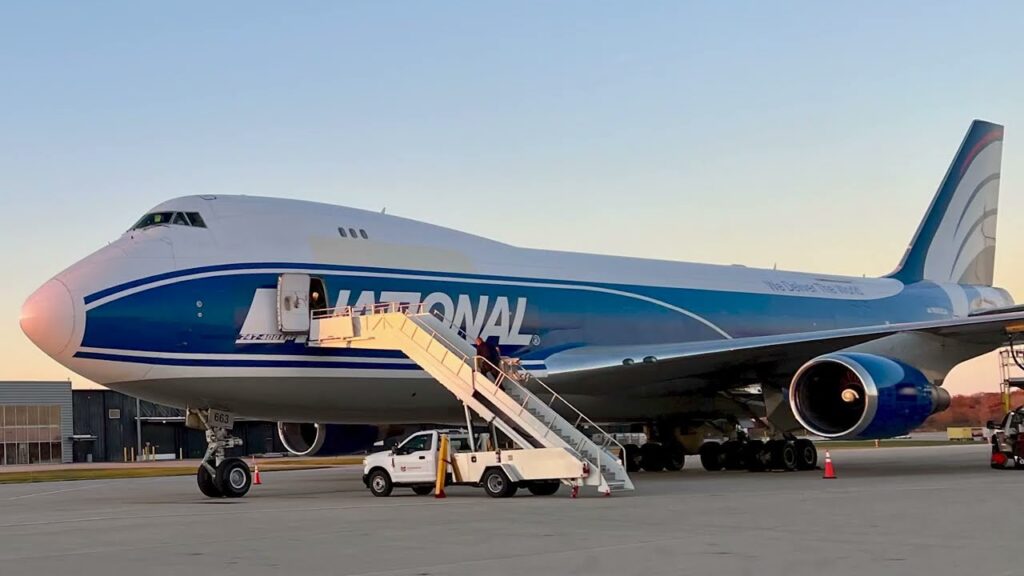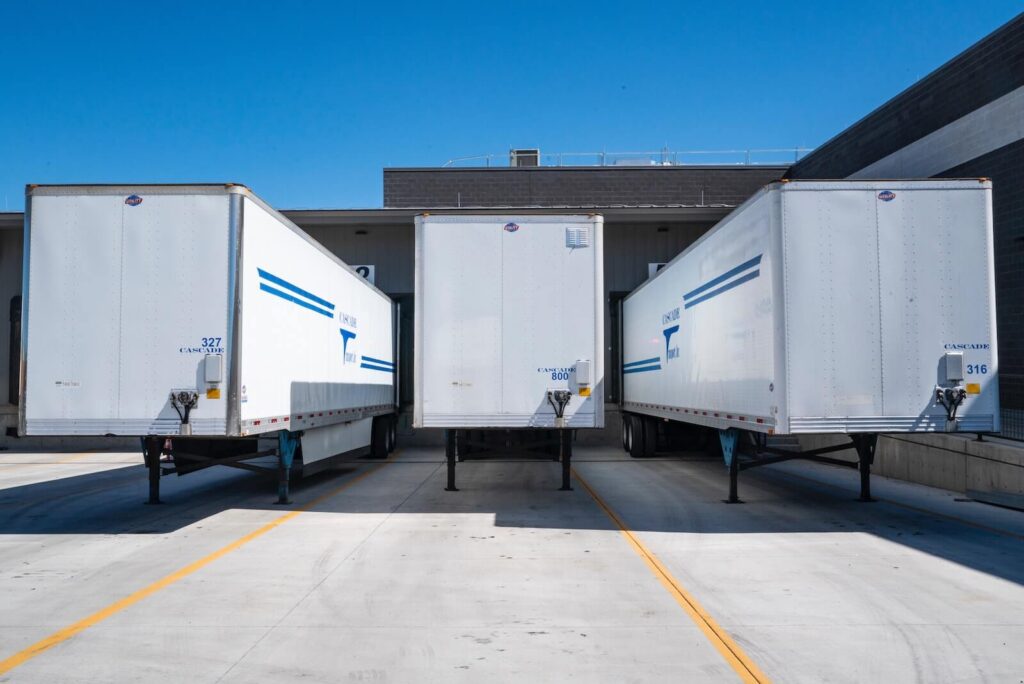When it comes to shipping requirements for auto parts from China to Europe, importers face multiple layers of logistics, documentation, and customs compliance. Auto components, from engines and bumpers to electrical systems, must meet strict regulations and transport conditions. This guide explains everything you need to know—from documentation and transport modes to customs procedures and cost-saving strategies—so your shipments move smoothly and efficiently.
What Are the Main Shipping Requirements for Auto Parts?
The shipping of auto parts from China to Europe requires careful planning due to the complexity of the parts, diverse materials, and varying levels of sensitivity. Every shipment must comply with international transport standards and local import laws.
Key shipping requirements include:
- Proper classification using HS codes
- Certificates of conformity for safety and environmental standards
- Accurate commercial invoices detailing part numbers and values
- Packaging and labeling according to EU safety norms
- Compliance with dangerous goods regulations, especially for batteries, lubricants, and chemicals
Although most car parts are non-hazardous, certain components—like airbags and lithium batteries—fall under restricted cargo and demand additional certification before export.
What Are the Available Shipping Methods for Auto Parts?
Choosing the right transport mode directly affects delivery speed, shipping costs, and customs handling. Below is a comparison of common freight options used for auto parts.
| Shipping Method | Transit Time (China → Europe) | Average Cost | Best For | Pros | Cons |
|---|---|---|---|---|---|
| Sea Freight | 30–40 days | $60–$120 per CBM | Bulk auto parts | Cheapest, suitable for heavy cargo | Slow delivery |
| Air Freight | 5–8 days | $4–$8 per kg | Urgent or high-value parts | Fast, reliable | High cost |
| Rail Freight | 15–22 days | $150–$250 per CBM | Moderate volume shipments | Faster than sea, stable rates | Limited routes |
| Express Courier | 3–6 days | $8–$15 per kg | Small urgent parcels | Simplified customs | Very expensive |
For most automotive companies, a multimodal transport approach—combining rail and sea or air and road—is the most cost-effective and efficient choice.
What Documents Are Required for Auto Parts Shipping?
Accurate documentation is essential for customs clearance and compliance with European Union import regulations. Even minor errors can lead to shipment delays or penalties.
| Document | Description | Required For |
|---|---|---|
| Commercial Invoice | Declares product details, value, and HS codes | Customs valuation |
| Packing List | Lists number of packages and contents | Inspection reference |
| Bill of Lading / Air Waybill | Confirms transport and ownership | Shipping record |
| Certificate of Origin | Identifies manufacturing country | Tariff calculation |
| CE or E-Mark Certification | Confirms compliance with EU standards | Vehicle parts legality |
| Insurance Certificate | Covers transport damage | All shipments |
| Import License (if required) | Needed for restricted components | Airbags, chemicals |
Many importers also include a Material Safety Data Sheet (MSDS) when parts involve lubricants or chemical content.
How Do Customs Regulations Affect Auto Parts Imports?
Customs duties and import VAT vary by product type and destination country. Each European nation applies the EU Common External Tariff but may differ slightly in inspection procedures.
| Country | Average Duty Rate | Import VAT | Clearance Time | Special Note |
|---|---|---|---|---|
| Germany | 3–4% | 19% | 2–3 days | Fastest clearance hub |
| France | 3–5% | 20% | 3–5 days | Strict documentation checks |
| Italy | 3–6% | 22% | 3–6 days | Requires CE certification |
| Poland | 3–5% | 23% | 4–6 days | Rail hub for Chinese cargo |
| Spain | 3–5% | 21% | 3–5 days | Accepts bonded storage |
Importers must also verify if their goods fall under anti-dumping regulations or environmental compliance checks, particularly for used or remanufactured components.

How to Package and Label Auto Parts Properly
Proper packaging minimizes damage during transport and speeds up customs inspection. Automotive parts are often heavy, irregularly shaped, or made of fragile materials like glass and electronics.
Recommended packaging standards:
- Wooden crates or reinforced cartons with cushioning for protection
- Heat-treated pallets compliant with ISPM-15
- Individual labeling with product codes, serial numbers, and country of origin
- Moisture-resistant wraps for metal components
- Shock-absorbing materials for fragile sensors and electrical modules
Additionally, for air freight shipments, packaging must conform to IATA Dangerous Goods Regulations (DGR) for any item containing pressurized gas, oils, or lithium cells.
Real Case Studies of Auto Parts Shipping from China to Europe
Case 1: Engine Components (Shanghai to Hamburg, Germany)
- Shipment Size: 2 × 40-ft containers (45 tons total)
- Transport Mode: Sea freight
- Cost: USD 7,800
- Transit Time: 36 days
- Result: Customs cleared in 2 days with no additional fees.
Key insight: Advanced documentation and CE certificates ensured rapid clearance.
Case 2: Electric Vehicle Batteries (Shenzhen to Milan, Italy)
- Shipment Size: 12 pallets, 8 tons total
- Transport Mode: Air freight
- Cost: USD 11,600
- Transit Time: 6 days
- Result: Required lithium battery certification; customs released goods after 24-hour safety inspection.
Key insight: Air transport minimized damage risk and met urgent assembly deadlines.
Common Challenges and How to Overcome Them
Despite progress in logistics technology, importers still face multiple difficulties during auto parts shipping.
- Documentation inconsistencies – Double-check invoices and HS codes before dispatch.
- Incorrect labeling – Use EU-standardized labels to avoid rejections.
- Overweight cargo fees – Verify container weight distribution.
- Damaged parts – Use professional crating and shock-proof packing.
- Customs delays – Partner with licensed customs brokers.
Moreover, maintaining transparent communication with logistics partners can drastically reduce delays and hidden costs.
Future Trends in Auto Parts Shipping between China and Europe
The auto parts logistics landscape is rapidly evolving. With electric vehicle production rising, the demand for fast and traceable shipping channels is stronger than ever.
Emerging trends include:
- Green logistics focusing on carbon-reduced transport routes
- Rail-air hybrid models offering flexibility and speed
- Digital customs systems reducing clearance time
- Smart packaging with RFID tracking for real-time inventory visibility
To summarize, technological innovation and smart routing will define the future of auto parts transport across continents.
Conclusion
In conclusion, mastering the shipping requirements for auto parts from China to Europe ensures compliance, efficiency, and reduced costs. From documentation accuracy to packaging standards, every step affects your delivery success. By choosing the right shipping mode, using reliable logistics partners, and staying updated on EU import regulations, businesses can avoid costly mistakes and strengthen their international supply chain.
Ultimately, efficient logistics and precise documentation are the foundation for sustainable automotive trade between China and Europe.
- Consult TJ China Freight Forwarding for the lowest quote. They will provide you with reliable, cost-effective service.
FAQs
Q1.What is the best transport mode for shipping auto parts from China to Europe?
Sea freight is best for large or heavy parts, while air freight suits urgent or high-value auto components.
Q2.Do I need special certification to export car parts from China to the EU?
Yes, most auto parts require CE or E-mark certification to meet European vehicle safety standards.
Q3.What is the typical shipping time for auto parts from China to Europe?
Transit times vary: sea freight takes 30–40 days, rail 18–22 days, and air 5–8 days.
Q4.How can I reduce customs clearance delays for auto parts?
Provide complete documentation, correct HS codes, and pre-register with EU customs systems.
Q5.Are used or refurbished auto parts allowed for import into Europe?
Yes, but they must comply with EU waste and recycling directives and proper documentation.





